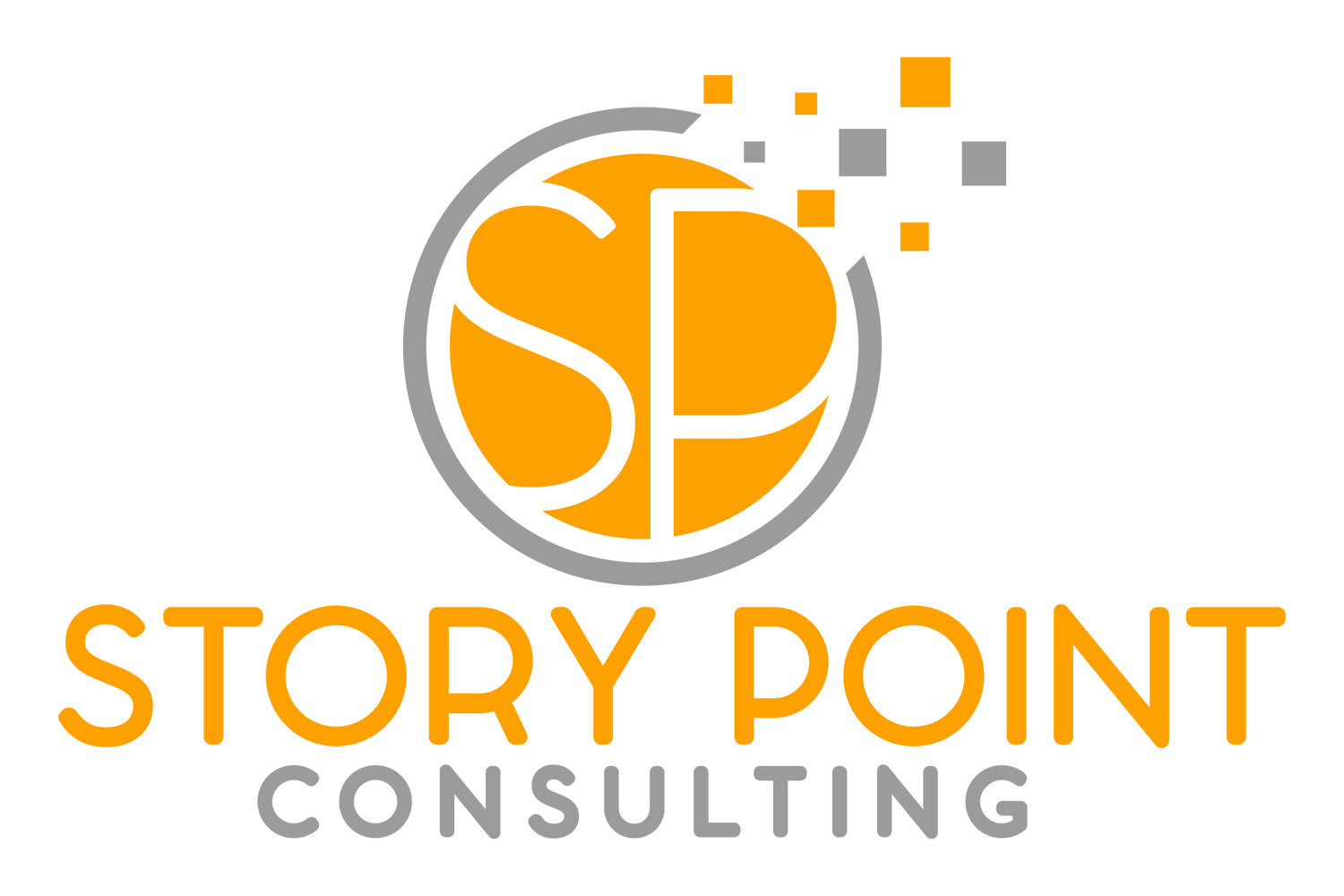Building Bridges: 5 Ways To Strengthen Ties with Grant Funders
Grants can be an important part of an organization’s overall fundraising plan. Whether your organization has successfully secured a project-based grant to develop a new program or initiative, or you received flexible funding to support your operations, receiving a grant can be an important first step in developing a relationship with the grantmaking organization.
Just like other supporters your organization may have, such as donors and volunteers, grant funders can be stewarded by your staff and volunteers to increase your organization's opportunity for receiving funding again in the future. But how do you go about developing a stronger relationship with your grant funder? If you’re not sure where to start, here are five stewardship activities to consider.
Submit your final report on time. Most grant funders require some type of report after the completion of your grant term to confirm that the grant funds were used in a way that is consistent with your grant application. By completing a final report, you demonstrate to the funder that you are reliable, and responsible and thus can be trusted with another (hopefully larger) grant in the future. If the report has a due date, ensure that your organization submits the report by the deadline. Your team can use the same strategies for time management that you may have used to submit your grant application on time.
Be transparent. It is not unusual to feel like there is an uneven power dynamic between your organization and the funder. This dynamic may make it difficult for your team to feel confident about sharing updates - both good and bad - with the grant funder. However, transparency builds honest communication and trust. If your grant program did not work out the way you thought it would, contact your funder and discuss how your original plans have changed. Most funders are aware and quite understanding that plans can change. Your open communication can go a long way in building your relationship with the grant funder.
Share your regular donor reports and communication. Does your organization produce an annual report, a donor update, or perhaps a new case for support? Any communication material that you are already developing and sharing with other supporters like donors can also be shared with your grant funder. By keeping the funder updated with your current and future plans, they can get to know your work better, and even notify you when they have available funding opportunities that align with your work.
Invite the funder to events or activities. Another opportunity to connect with your grant funder is to invite them to events or activities that you have already planned. For example, did the grant fund a community-based program, invite the funder for a site visit to see the program in action. You can also consider inviting your grant funder to your annual general meeting (AGM) or any other annual event whether related to your grant or not. This will not only allow the grant funder to see your work more closely and develop more trust for your work, but also will allow you to get to know the funder’s staff so you can develop a strong contact to reach out to in the case that you need to connect.
Recognize your funder’s support. Most grant funders will provide their logo or other communications materials so you can share their support publicly. Consider using personal methods to share the support like inviting the funder’s staff for a cheque signing picture, or asking a representative to speak at one of your events. Taking a personal approach to recognition can help further develop your relationship with the funder and give them an opportunity to know your team better.
When you take the time to develop a relationship with your grant funder, you are developing your organization’s experience and comfort level with building donor relationships. This relationship building, or donor stewardship, can go a long way in helping your organization secure grant funding into the future.




